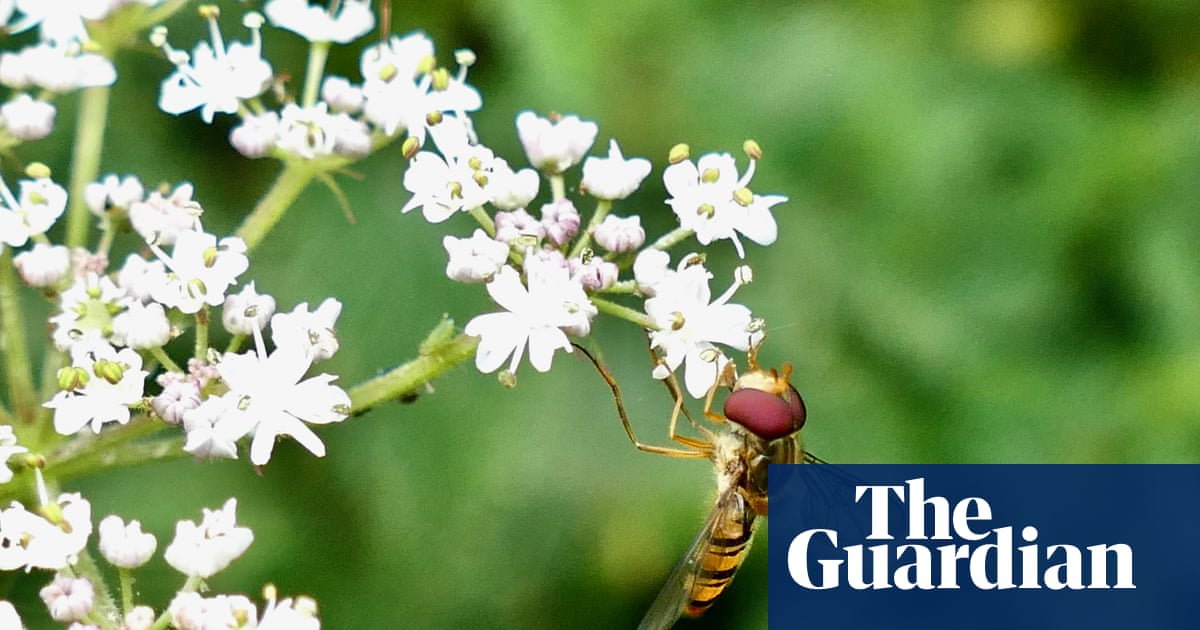
"The research found that urban landscapes support 43% fewer pollinator species, with significant declines evident deeper in city areas."
"For every 10% increase in impervious surfaces, there is up to a 7.5% reduction in the variety of pollinating species."
"Moths and hover flies were particularly sensitive to urbanisation, more so than bees, due to their complex life cycles requiring diverse resources."
"Gardeners are encouraged to collaborate with their neighbors to support these vulnerable groups of pollinators."
Research indicates urban areas support 43% fewer pollinator species, with declines worsening near city centers. Moths and hover flies are notably affected, suffering greater reductions compared to bees. Each 10% increase in impervious surfaces leads to a 7.5% drop in pollinator variety. Researchers suggest that the complex life cycles of moths and hover flies, which require diverse resources beyond just flowers, contribute to their heightened vulnerability. Collaboration among gardeners is recommended to enhance support for these important but often overlooked pollinators.
Read at www.theguardian.com
Unable to calculate read time
Collection
[
|
...
]